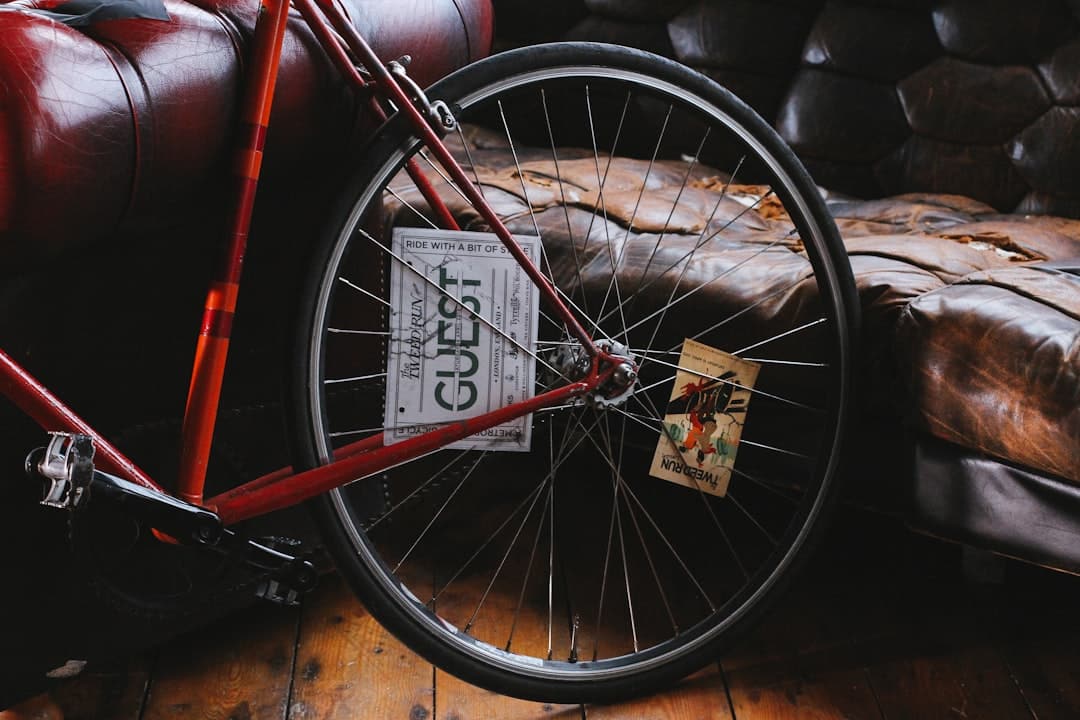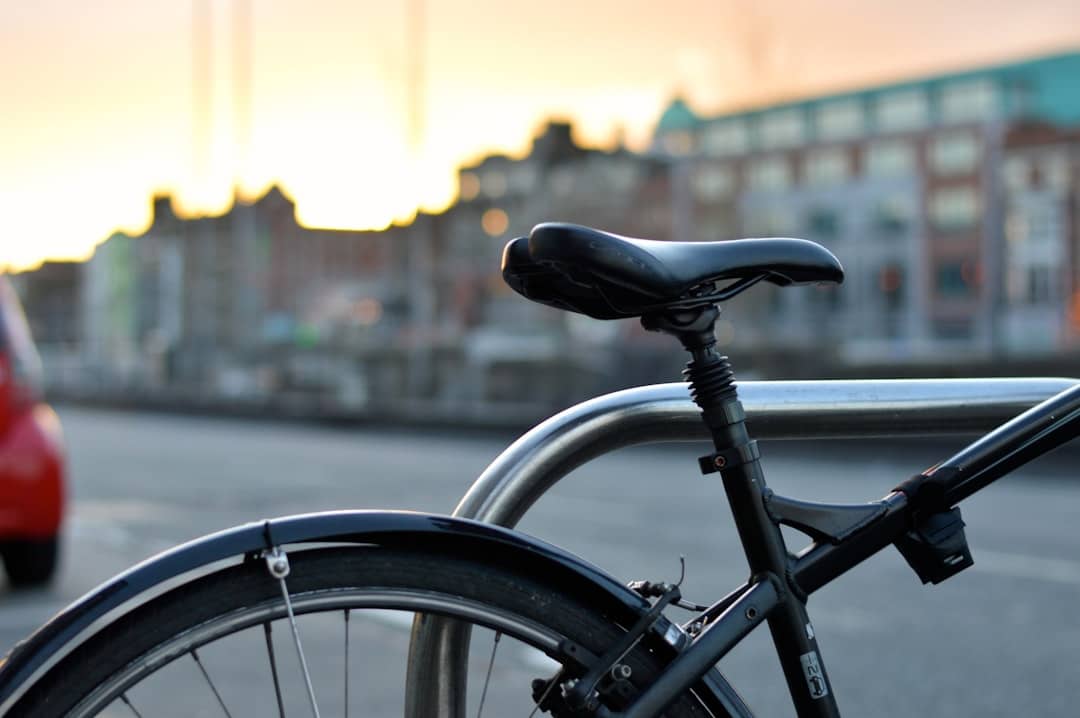|
IN SHORT
|
Finding the perfect used bike requires not only a good dose of patience, but also a methodical approach. Whether you’re a beginner cyclist or an enthusiast looking for a new ride, knowing where to look and how to assess a bike’s condition is essential. From component checks to service history, every detail counts to avoid common pitfalls. In this article, we will explore practical advice and tips to help you find the rare gem that will meet your needs and your budget.
Acquiring a second-hand bike can be an excellent way to save money while having access to a varied choice. This guide will allow you to explore the different steps to finding the ideal model, whether it is a road bike, a mountain bike or an electric bike. From analyzing needs to checking the condition of the bike, including tips to avoid being fooled when purchasing, you will discover everything you need to know to make the best possible choice. .
Establish your needs
Before embarking on research, it is essential to identify your specific needs. What type of bike are you looking for? Do you intend to use it mainly in town, for walks or for sports outings? Ask yourself questions about frequency of use and the terrain you will cover.
Road bike, mountain bike or e-bike?
Each type of bike has its characteristics and advantages. THE road bike is ideal for fast journeys on asphalt, while the Mountain biking is designed for rough roads. If you are attracted to the idea of an electric bike, one VAE could very well meet your expectations, particularly to facilitate long distances.
Budget to plan
Define a budget is essential to guide your choices. Used bike prices can vary widely depending on condition, make and model. Also allow a margin for possible repairs or additional accessories.
Finding the ideal bike
Once your needs and your budget have been established, the quest can begin. Several platforms are available to facilitate your search, whether online or in specialized stores.
Online sales sites
Sites like Leboncoin or eBay are particularly popular for finding used bikes. You will find various announcements there. Consider filtering your searches based on your location to reduce travel.
Local Bike Shops and Events
Do not hesitate to visit bike shops which often offer verified used models. In addition, events like stock sales or flea markets can contain nice surprises. For example, the Btwin Village regularly organizes major sales.
Evaluate the condition of the bike
It is crucial to assess the overall condition of the bike before purchasing. A thorough check helps avoid unpleasant post-purchase surprises.
Visual control
Make a visual control frame, wheels and brakes. Look for signs of rust, cracks or warping on the frame. Light wear is normal, but watch out for signs of excessive wear.
Bike test
If possible, take a test ride to make sure the bike meets your expectations. Take the time to test the gears, brakes and handling. Also make sure the saddle height is adjustable and comfortable for you.
Technical aspects to check
In addition to the general condition, various technical aspects must be scrutinized to guarantee the proper functioning of the bicycle.
The tires
Check the status of tires. They must be sufficiently inflated and in good condition, without cracks or signs of excessive wear. If the owner has already replaced the tires, this can be a good indicator of their level of maintenance.
The brakes
Test them brakes to make sure they answer correctly. The skates must be in good condition and ensure effective braking. If you notice excessive wear, this could result in additional charges.
| Criteria | Advice |
| Budget | Set a maximum amount not to be exceeded. |
| Type of bike | Determine if you want a mountain bike, road, hybrid, etc. |
| Condition of the bike | Check tires, brakes and transmission for wear. |
| Origin | Favor purchases from resellers or reliable platforms. |
| Essay | Test ride the bike before purchasing to check comfort. |
| Historical | Ask for information about the bike’s past. |
| Guarantee | Check if a warranty is offered by the seller. |
- Type of bike
- Determine your needs (road, mountain bike, hybrid)
- Budget
- Set a realistic price range
- Condition of the bike
- Check components for wear and rust
- Size
- Make sure the bike is your size
- Cycling history
- Request information about maintenance and repairs
- Bike test
- Test it before buying to check comfort
- Accessories included
- Check if accessories (helmet, lights) are provided
- Origin of the offer
- Buy on reliable platforms or from resellers
Negotiate the price
Once you’ve found the bike that’s right for you, it’s time to discuss price. Do not hesitate to demonstrate negotiation based on the condition of the bike and your research.
Use price comparisons
Before you negotiate, do some research on the price of the model you are considering purchasing. Sites like Bike Gear can be useful in obtaining an estimate of market prices.
Strong arguments for negotiation
Support your reduction requests with concrete arguments, such as necessary repairs or possible visible defects. A friendly and respectful approach will also make the conversation easier.
Purchasing and tracking
When the price is agreed, remember to ask for the bike’s service history and check any associated documents. This can be helpful if you run into problems later.
Choice of insurance
Think about ensure your new bike is an important milestone. Several insurance plans are available to cover damage or theft. Read the conditions carefully to make the best choice.
Regular maintenance
Once you have purchased your bike, regular maintenance will ensure its proper functioning and longevity. Don’t hesitate to ask about best practices for keeping your bike in tip-top condition.
Avoid scams
When buying a used bike, it is crucial to remain vigilant to avoid unpleasant surprises. Here are some tips for recognizing a possible scam.
Beware of overly tempting offers
If an offer seems too good to be true, there may be something wrong with it. Be cautious of prices well below the market. It is often best to be wary of those opportunities that seem too good.
Verify the identity of the seller
If the purchase is made online, make sure the reliability from the seller. Check out their review history and ratings. If meeting in person, choose a public and safe place to carry out the transaction.
Pay securely
When purchasing a used bike, the payment method is an area to consider. Avoid cash transactions to reduce risk.
Secure payment options
To buy a bike, choose secure payment methods like PayPal, which offer protection in the event of a dispute. This will allow you to avoid complications later.
A sales contract
Write a sales agreement can help you avoid problems. This document must stipulate the price, payment terms, description of the bicycle and the date of sale. In the event of a dispute, this may serve as evidence.
Repair and accessories
After purchase, you may want to invest in spare parts or accessories to customize your bike and optimize it.
Repair tools
Have a repair kit at home is essential. This will allow you to carry out basic interventions yourself such as changing an inner tube or adjusting the brakes.
Essential accessories
Do not neglect the purchase ofaccessories such as a helmet, lock, lights or mudguards. These elements will improve your safety as well as your comfort during your outings.
Ecological commitment
By choosing a used bike, you contribute to the preservation of the environment. Fewer new bikes purchased means fewer resources used, and you help reduce your carbon impact.
Promote recycling
Acquiring second-hand bicycles is part of a recycling process. When you opt for an existing model, you give new life to a product that might otherwise have been thrown away. This contributes significantly to the reduction of waste.
A sustainable mode of transport
Finally, using a bicycle every day for your travels means adopting an environmentally friendly mode of transport. Not only are you reducing your carbon footprint, but you are also helping to improve air quality.
Conclusion on buying a used bike
Finding the right used bike requires good preparation and careful research. By following these tips, you will be able to make an informed choice and enjoy a great cycling experience. Whether you are a novice or an expert, the used bicycle market offers a thousand and one possibilities allowing you to meet your specific needs while respecting your budget.
Invest in your passion for cycling while making an ethical and sustainable choice. Get ready to explore, discover and experience new adventures on two wheels.
Frequently Asked Questions
What type of bike should I look for? It depends on what you want to use it for: city, hiking, mountain biking, etc. Choose a model that suits your needs.
How to check the condition of a used bike? Examine the frame, wheels, brakes, and derailleurs. Make sure everything is working properly and the bike has no major damage.
Where to find used bikes? You can search on classified ad sites, in cycle stores, or at garage sales and flea markets.
What is the price range for a used bike? This varies greatly depending on make, model and condition. Plan a budget ranging from 100 to 1000 euros.
What documents should I request when purchasing? Be sure to ask for a receipt and, if possible, a maintenance history of the bike.
Is it possible to negotiate the price? Yes, bargaining is common in the used bike market. Don’t hesitate to make a reasonable offer.
What to do if the bike requires repairs? Evaluate the cost of repairs and decide if it’s worth it compared to the total purchase price of the bike.
Should I favor well-known brands? Reputable brands generally offer better quality and after-sales service, but there are also good, more affordable options.
How to test the bike before purchasing? Take a test drive if possible, check for comfort, handling and the absence of suspicious noises.


